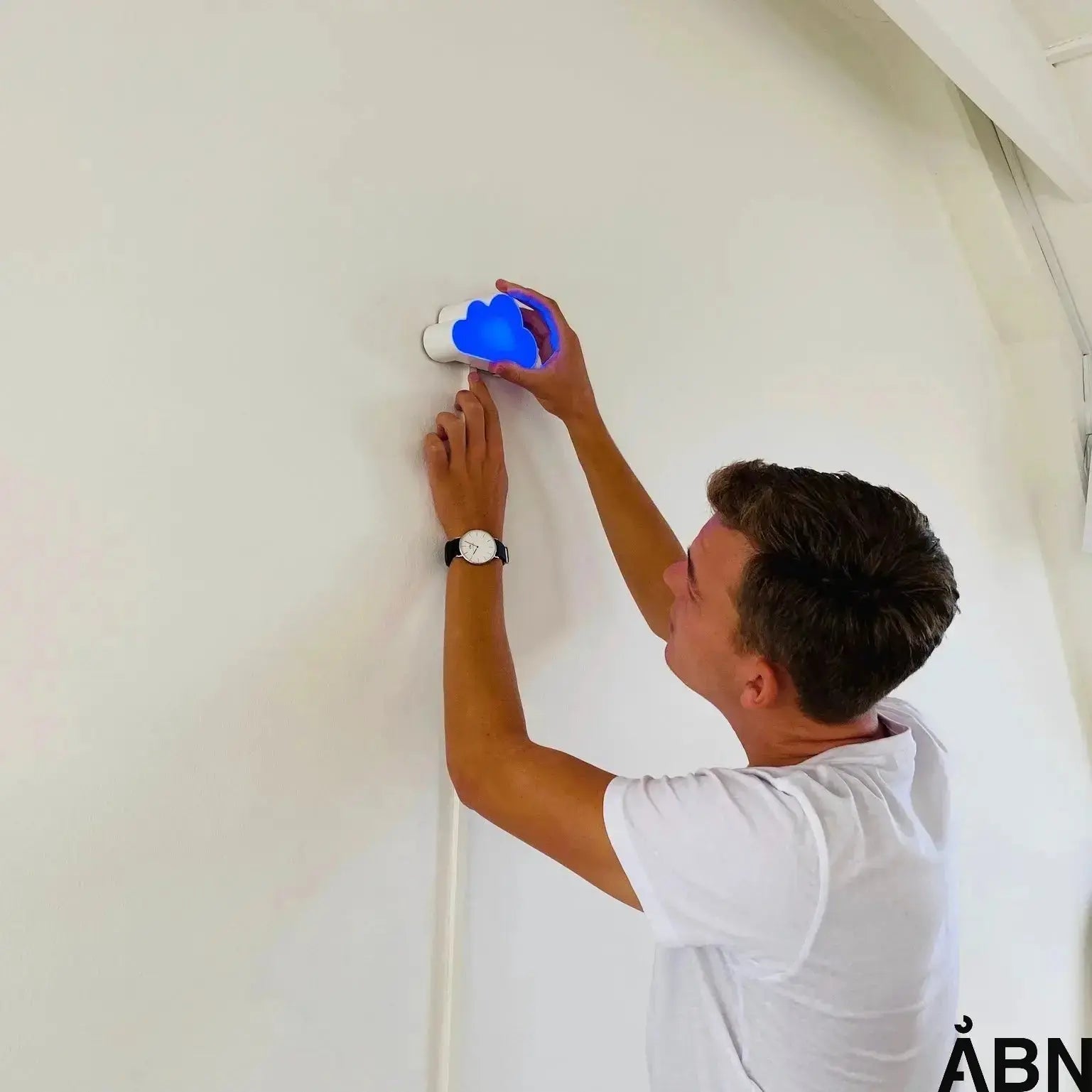Imagine a classroom full of happy children working in concentration while the teacher speaks clearly without raising his voice. There is calm, focus and well-being. But for many schools the reality is different: High noise levels, poor acoustics and unrest, which disrupt both teaching and children's learning. Fortunately, much noise can be prevented – and it is both possible and necessary to do something about it.
In this article, we delve into how noise can be specifically prevented in schools – through physical design, technical solutions and municipal planning. We also look at what the legislation says and how you, as a leader, parent or decision-maker, can take the first steps towards a healthier sound environment.
Why is noise a problem in schools?
Noise is not just annoying – it is a direct barrier to learning and well-being. According to the BFA's guidance on noise in schools, high noise levels affect both students' concentration and teachers' working environment. It can lead to stress, headaches and impaired learning. Children are particularly vulnerable to noise because their cognitive abilities and language development are still developing.
Therefore, it is crucial to create an acoustic environment where voices and sounds are not drowned in reverberation and reverberation. A good sound environment is not a luxury – it is a prerequisite for good teaching.
Acoustic improvements: The foundation for noise prevention
The most effective way to prevent noise in schools is to improve the acoustics. When sound lingers in the room (high reverberation time), it amplifies the noise and makes it difficult to hear what is being said. This is especially true in older school buildings, where sound-absorbing materials are often lacking.
Reduce reverberation time
Reverberation time is the time it takes for a sound to die out in a room. The shorter the reverberation time, the better. This can be achieved with:
- Sound-absorbing ceilings and wall panels
- Acoustic room dividers
- Carpets and upholstered furniture to a limited extent
Curtains only have a limited effect, and it is important to choose solutions that are designed for acoustic regulation – not just for decoration.
Using room dividers
Large common rooms and open learning environments can be a challenge. Here, pavilions or room dividers can be used to create smaller zones where sound does not travel unhindered. This allows students to work in peace without being disturbed by noise from the neighboring group.
At ÅBN, we have seen how visual data about indoor climate and sound environment can help both teachers and students understand and regulate noise in everyday life. When you can see how the noise level develops , it becomes easier to change behavior and take responsibility for the sound environment.
Legislation and guidelines: What do the rules say?
Noise in schools is not just a work environment issue – it is also regulated by legislation. Several laws and guidelines set a framework for how schools should handle the sound environment:
- The Educational Environment Act requires that teaching must take place under conditions that are not harmful to health – including noise.
- The planning and building regulations set requirements for acoustic conditions in new construction and renovation of schools.
- The Ministry of the Environment's noise limits also apply to schools and institutions, especially in relation to traffic noise.
- The Danish National Board of Health's guidelines recommend that municipalities work preventively with noise as part of schools' health efforts.
This means that both school management and municipalities have a responsibility to ensure an audio environment that promotes well-being and learning. And this applies both inside and outside the building.
Noise from outside: An overlooked challenge
Traffic noise and noise from surrounding activities can also affect the learning environment. Schools located close to busy roads in particular experience problems with noise through windows and facades. Here, the municipalities' noise action plans can play an important role.
In Gentofte Municipality, for example, they are working with noise-reducing asphalt, facade insulation and local plans that take noise into account in new construction. This shows that planning and building design are crucial for preventing noise – not just solving problems when they arise.
Local planning as prevention
According to Attorney Westergaard, local planning is an effective tool for avoiding noise conflicts between schools and neighbors. It is difficult to regulate human voices and children's play with traditional noise limits. Therefore, noise considerations should be taken into account already in the planning phase.
Behavior and Technology: A Modern Response to Old Challenges
Even with the best acoustics, noise can occur if behavior does not follow suit. Children and young people need clear frameworks – and adults who take the lead. That is why it is important to work with noise as part of the school's culture and pedagogy.
At ÅBN, we work to make indoor climate and sound environments visible and understandable . Our sensors and dashboards provide real-time data on noise, temperature, CO₂ and humidity – so that both teachers and students can act on what they experience. It is a modern way to create awareness and change behavior.
When you see that the noise level is increasing, it becomes easier to take a break, lower your voice or open a window. It is not about controlling – but about providing insight and responsibility.
What can you do – right now?
Preventing noise in schools requires action on several levels – but you can start small. Here are some concrete steps:
- Investigate the reverberation time in your premises – and consider acoustic improvements
- Decorate the classroom with room dividers and zones
- Make noise visible with technology that measures and displays sound levels
- Involve students and teachers in behavioral changes – e.g. via visual nudging tools
- Engage in dialogue with the municipality about noise planning and external noise
The most important thing is to get started – and take noise seriously as part of the school's overall working environment.








